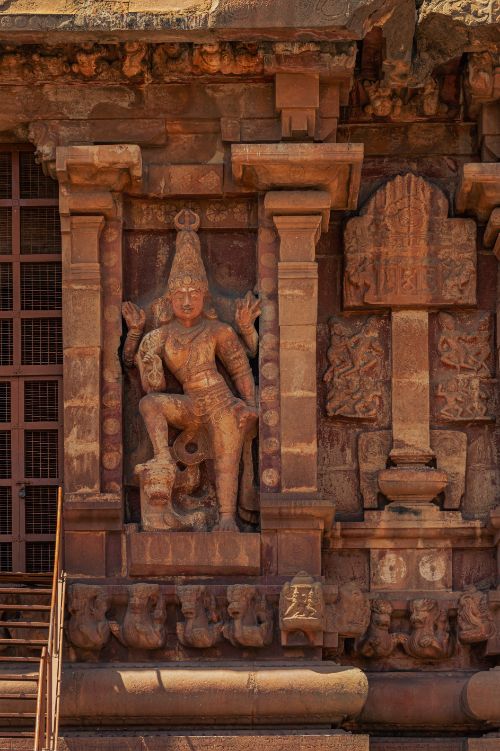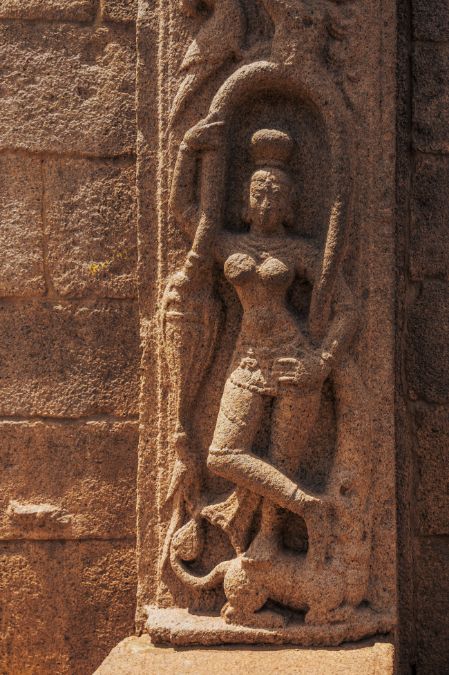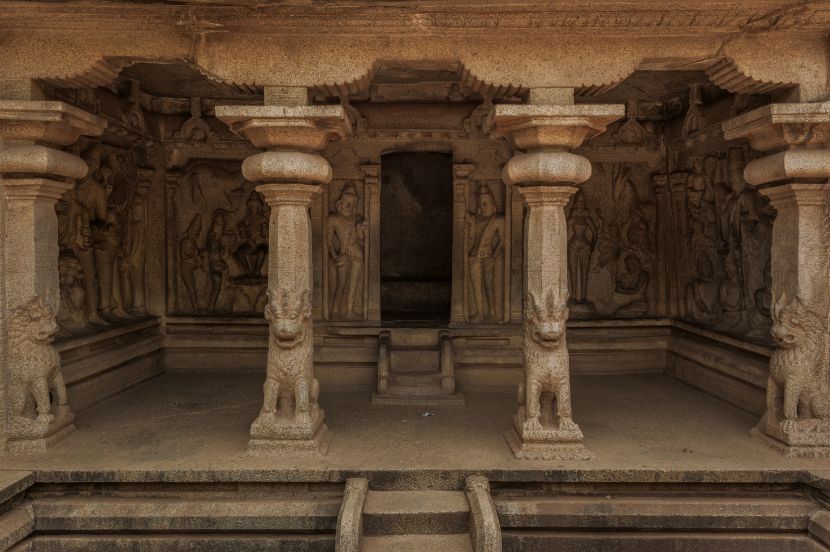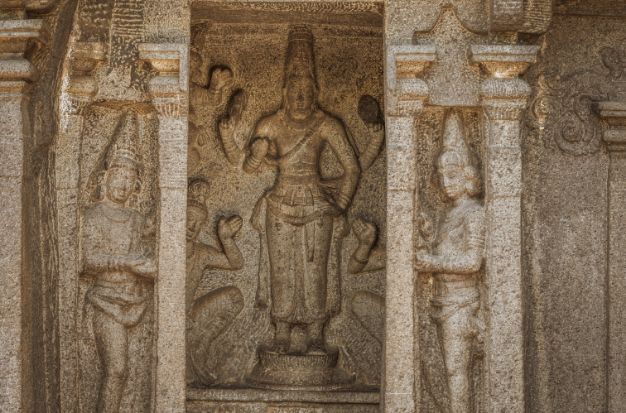From the Indian Bronze Age to roughly 800 CE, ancient Indian architecture was a feature of the Indian subcontinent. By this time, Buddhism had completely faded in India, Hinduism had taken hold, and religious and secular architecture styles had developed, with significant regional variety, which they mainly retained even after some significant alterations brought about by the entrance of first Islam, then Europeans.

DIVINITY : She’s a high achiever.
Much early Indian architecture was in wood, which has almost always decayed or burnt, or brick, which has often been taken away for re-use. The large amount of Indian rock-cut architecture, essentially beginning around 250 BCE, is therefore especially important, as much of it clearly adapts forms from contemporary constructed buildings of which no examples remain.

DANCE : The soul’s hidden language.
Tamil Nadu has around 33,000 ancient temples, many of which are at least 800 to 2000 years old. The temples are the very essence of Tamil land’s culture and legacy, with sophisticated architecture, a diversity of sculptures, and rich inscriptions. A vast number of temple tanks can also be found around the state.

DOORWAY : To Conformity.
The state has 2,359 temple tanks in 1,586 temples, as well as a mix of architectural styles ranging from ancient temples to colonial Indo-Saracenic style, churches and mosques, and 20th-century steel and chrome skyscrapers.

Tribute : To the Monarch.
This chapter “Archaic” shows some of the architecture from Mahabalipuram and Tanjavur, Tamil Nadu, I attempted to depict the architecture and sculptures that were carved into the walls.
Copyrights:
All the photos and text in this post are copyright of Adarsh V, Kannur, Kerala, Creative Hut Institute of Photography.Their reproduction, full or part, is forbidden without the explicit approval of the rightful owners.


